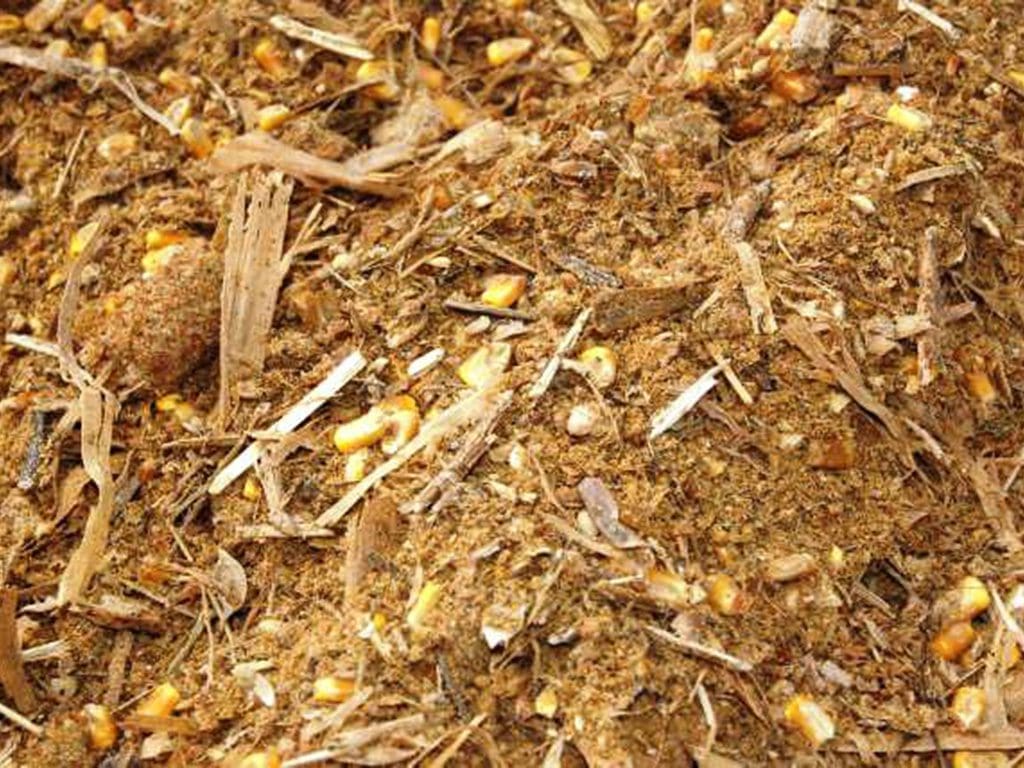[fusion_builder_container hundred_percent=”no” hundred_percent_height=”no” hundred_percent_height_scroll=”no” hundred_percent_height_center_content=”yes” equal_height_columns=”no” menu_anchor=”” hide_on_mobile=”small-visibility,medium-visibility,large-visibility” class=”” id=”” background_color=”” background_image=”” background_position=”center center” background_repeat=”no-repeat” fade=”no” background_parallax=”none” enable_mobile=”no” parallax_speed=”0.3″ video_mp4=”” video_webm=”” video_ogv=”” video_url=”” video_aspect_ratio=”16:9″ video_loop=”yes” video_mute=”yes” video_preview_image=”” border_size=”” border_color=”” border_style=”solid” margin_top=”-30″ margin_bottom=”” padding_top=”” padding_right=”” padding_bottom=”” padding_left=””][fusion_builder_row][fusion_builder_column type=”1_1″ layout=”1_1″ spacing=”” center_content=”no” link=”” target=”_self” min_height=”” hide_on_mobile=”small-visibility,medium-visibility,large-visibility” class=”” id=”” background_color=”” background_image=”” background_position=”left top” background_repeat=”no-repeat” hover_type=”none” border_size=”0″ border_color=”” border_style=”solid” border_position=”all” padding_top=”” padding_right=”” padding_bottom=”” padding_left=”” dimension_margin=”” animation_type=”” animation_direction=”left” animation_speed=”0.3″ animation_offset=”” last=”no”][fusion_text]By Gilda V. Bryant, Contributing Editor
In 2015, New Mexico State University and Texas Tech University beef cattle experts collaborated on a feedlot consulting-nutritionist survey. Twenty-four nutritionists, responsible for rations for over 14 million cattle yearly, completed this comprehensive review. They represented individual consulting practices, corporate cattle-feeding companies, corporate feed manufacturers or a combination of consulting practices. Most of the respondents practice in Midwest and Great Plains states.
 The goal was to provide an update to previous surveys taken in 2001 and 2007, including new data about receiving cattle management practices. Although many feedyard practices have changed little from previous surveys, some results were surprising.
The goal was to provide an update to previous surveys taken in 2001 and 2007, including new data about receiving cattle management practices. Although many feedyard practices have changed little from previous surveys, some results were surprising.
Kendall Samuelson, Ph.D., P.A.S., Feedlot Research Group, West Texas A&M University, is one of the survey’s authors. She says these surveys allow nutritionists and others interested in the commercial feeding industry to track changes in feedlot management since 2001. The 2015 survey indicates cattle diets contain more distiller’s grains byproducts and probiotics than expected. The increased use of cornstalks as a roughage source in finishing diets was another unexpected finding.
“This survey provides an insight into the management practices feedlots are using and how these practices have changed over the years,” Samuelson reports.
A majority (70.8 percent) of the participants worked with feedlots that received calves weighing between 600 and 800 pounds, and shipped finished cattle ranging between 1,300 and 1,499 pounds. They were on feed an average of 201 days. Holstein or Holstein crosses composed 19 percent of all feedlot cattle, reflecting dairy operations in California, Idaho, Texas and Minnesota.
The majority of newly received calves weighing 600 pounds or fewer were transported up to 16 hours. Heavier cattle were transported from four to eight hours, probably because heavier cattle are usually purchased from backgrounding operations closer to the feedyard. Other statistics include:
- 7 percent of feedlots let cattle rest for 12-24 hours after unloading.
- 64 percent of nutritionists preferred that newly received calves have free access to hay for four days after arrival.
- Only 28 percent of the incoming cattle were reported as “high risk.”
Growth-promoting implants were used by all feedyards at initial processing. Over half of the feedyards (70.5 percent) applied two implants and 47.6 percent used a time-release implant. Nearly half of the feedyards sorted cattle into outcome groups.
When newly received cattle graduated to finishing diets, 56.3 percent of the feedyards utilized multiple step-up diets, followed by 40.6 percent using two-ration blending. Step-up diets contained 40.7 percent roughage on a dry matter (DM) basis. Nutritionists using two-ration blending preferred 38.8 percent roughage on a DM basis in the starter diet with a longer transition period, reaching the finishing diet within 27 days.
Most feedyards (68 percent) used a combination of flat storage and truck-mounted mixers. Horizontal mixers were the most commonly used mixer type among 90.8 percent of respondents. Other findings include:
- 7 percent take regular feed samples monthly, while 33.3 percent sample every other week.
- 54 percent feed cattle twice daily, although 48.5 percent feed cattle three times daily.
- Corn was the main grain ingredient in both receiving (87.5 percent) and finishing (100 percent) diets. Wheat was the second most common grain.
- The main grain processing method for receiving diets was steam-flaking at 65.2 percent, followed by dry-rolling (30.4 percent). Finishing diets utilized the steam-flaking process 70.8 percent of the time.
Typical grains added in receiving diets were 60 percent DM or less, a reduction of grains fed in the 2007 survey. This change may reflect increased use of distiller’s grains, a byproduct from processing corn used in ethanol manufacturing. Distiller’s grains or pellets provide affordable protein and energy choices for cattle diets. The survey suggested byproduct use has increased 17 percent since 2007.
Additional data includes:
- Wet distiller’s grains were the primary grain byproduct (58.3 percent) in receiving diet formulations, followed by wet corn gluten feed (25.0 percent).
- Wet distiller’s grains were used in 70.8 percent of finishing diets.
- A few clients added potato waste and grape pomace to finishing diets.
The majority of respondents (77.3 percent) preferred to add a combination of organic and inorganic trace minerals in receiving diets, whereas 45.4 percent added them to finishing diets. Feed additives included direct-fed microbials (probiotics) at 62.5 percent in receiving diets and 59.6 percent for finishing diets.o read the survey, visit: https://www.animalsciencepublications.org/publications/jas/articles/94/6/2648?highlight=&search-result=1.[/fusion_text][/fusion_builder_column][/fusion_builder_row][/fusion_builder_container]







